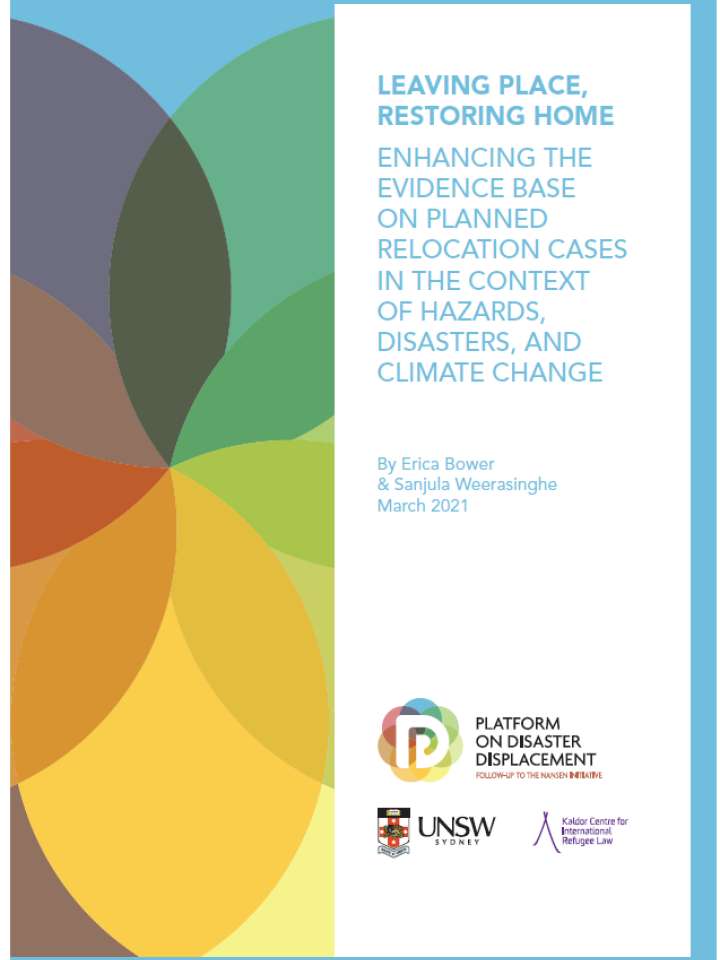Leaving place, restoring home: enhancing the evidence base on planned relocation cases in the context of hazards, disasters, and climate change
This research presents as hazards, disasters and climate change profoundly affect people’s lives and livelihoods, communities and authorities seek opportunities to move people permanently out of harm’s way. The planned relocation of communities, or groups of households, to areas with lower exposure and disaster risks is occurring around the world. Planned relocation is recognized in policy and practice as a tool for disaster risk reduction (DRR) and climate change adaptation (CCA). However, the process can also undermine socio-economic prosperity, cultural practices and human security. As such, planned relocation is generally considered as a measure of last resort. In this context, policymakers, practitioners and communities require refined information on how planned relocation could be undertaken to minimize negative impacts, avoid pitfalls and promote human rights and human dignity.
Implications from these findings for policymakers, practitioners and researchers include:
- General and Conceptual
- Multiple drivers may underpin decisions on planned relocation.
- Most cases fall within a continuum from “proactive” to “reactive” relocation.
- Overlapping sudden and slow-onset hazards constrain choices.
- Related to the typology of spatial patterns and the global datase
- The spatial pattern of planned relocation has implications for policy and practice.
- Related to the subset of single origin and single destination cases
- Trade-offs and linkages may exist between relocation design characteristics.
Explore further
